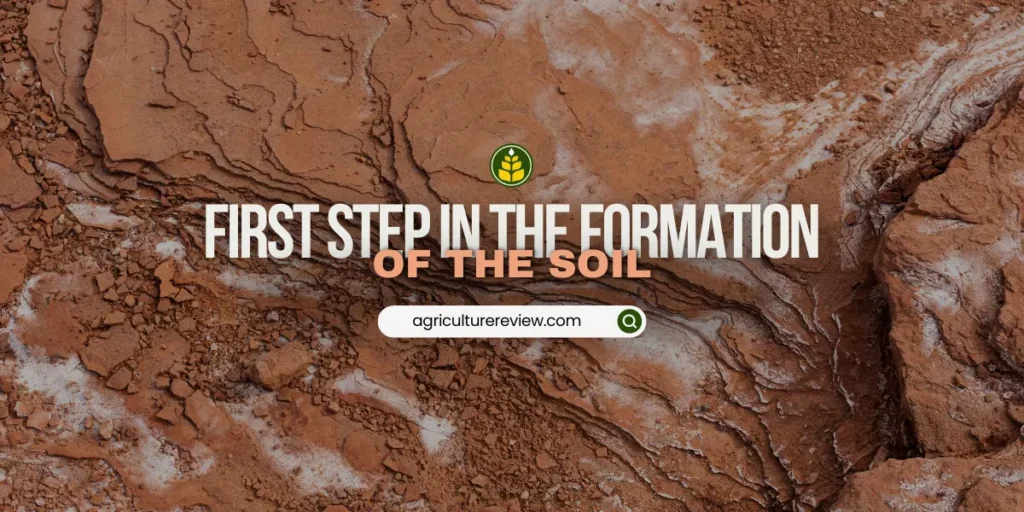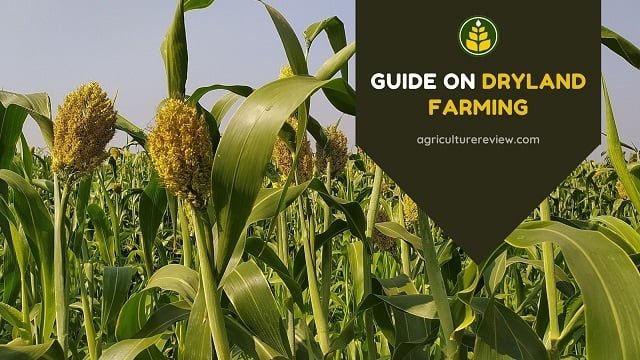The process that breaks down a sample of soil from the mineral parent into smaller particles is called “weathering.” It is a process of disintegration and decomposition of rocks and minerals with the help of physical agents and chemical processes. However, at first, the parent materials are converted into regolith.

Regolith is an unconsolidated and chemically weathered mineral material from which soils are developed. Physical weathering of rocks and minerals occur due to change in temperature, action of wind and water, alternate wetting and drying, atmospheric electrical phenomenon, etc.
Due to temperature change, rocks expand during the day because of heat and contract during the night because of cold. It weakens the surface of rocks and gradually it crumbles. Water disintegrate, transport and deposit regolith. Like water, wind also helps to break down parent material and transport smaller particles to far distances.
Moreover, lighting breaks up rocks and widens cracks. The chemical weathering of rocks and minerals occurs primarily due to hydration, hydrolysis, carbonation, oxidation and reduction, etc. Once the parent materials, that are rocks and minerals are converted into smaller particles, then with the action of animals, humans, plants, and microorganisms they are finally converted into soil by disintegration and decomposition.
If you have any queries, ideas or suggestions, then please comment below. You can also connect with Agriculture Review on Facebook, Instagram, Koo and WhatsApp Messenger.





